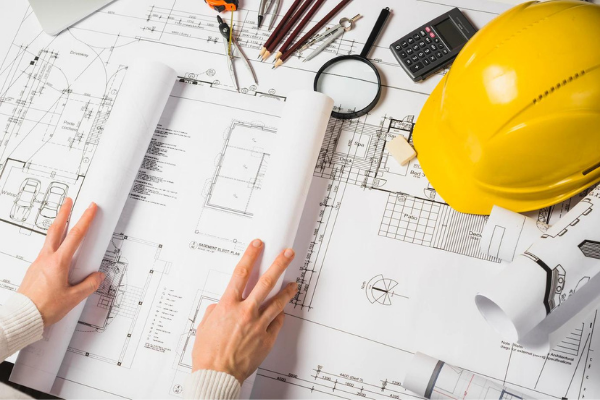Construction projects can range from the fairly basic to the most complex, but they all suffer from the same Achilles heel: equipment management. The addition of contractors, subcontractors, materials, and deadlines only complicates things more. A staggering 70 percent of construction projects fail because they are left unfinished, are substandard, or are not what the client specified.
That’s not to say that only construction companies can be at fault. Clients can also default and cause a lawsuit. Here are some of the common causes for construction litigation.
- Inaccurate project estimates – Data omissions, failure to obtain permits, errors in specifications, and changing material supplies and prices can cause stress and changes that are not acceptable.
- “Scope Creep” – This occurs when the amount of work required for the project keeps growing beyond the scope of the original contract. Unexpected or unreasonable client requests, changing conditions, and lack of planning often cause projects to exceed their original limits.
- Hidden factors or natural disasters – Things like tornadoes, ice storms, and the discovery of mold, asbestos, and structural problems will push a project off course.
- Setbacks and delays – These can be caused by any number of issues including waiting for permits or materials, worker shortages or injuries, or building code violations.
- Problems with financing – A client can exhaust or withhold funds for the project or contractors can also face problems obtaining equipment and subcontractors.
- Ambiguous specifications – Clients need to specify what they are requesting so that contractors can complete the project correctly.
- Issues regarding workers – Unreliable subcontractors, employee shortages, and injuries can plague a project.
- Proper communication – A clear chain of command should be established beginning with the client and the contractor to ensure that everyone is advised of each development during the process.
- Lack of or poor planning – Every phase of the project depends on planning for every possible outcome. Proper planning requires managing permits, hiring subcontractors, and obtaining equipment and materials before the project even begins.
Any of these issues can cause a dispute that will have to be settled in court. There are two ways to protect yourself from construction litigation. The first is to implement a management process as part of the construction contract. Management processes can reduce the failure rate of construction projects by up to 20 percent. The second is to employ a construction litigation lawyer who can review and point out any problems with contracts and ensure that you are properly protected against court actions.
Warren S. Dank, Esq., P.C. employs experienced construction litigation attorneys who can represent any party in a construction project. Contact us today for a free consultation.

